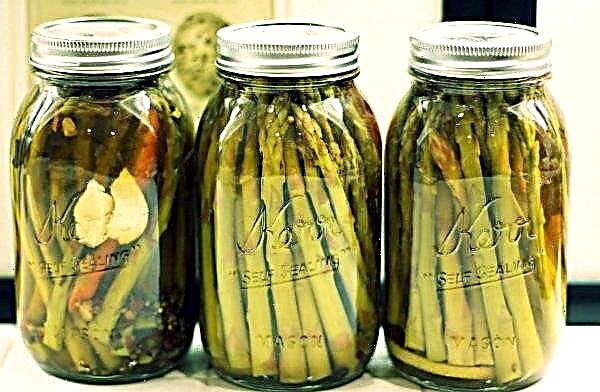Eight species of fungi cause root rot of corn in South Dakota (USA).
According to a study conducted by scientists from the Department of Agronomy, Horticulture and Plant Growing, yellowed withered leaves on these plants are a sign of root rot caused by one of 8 species of Fusarium in South Dakota corn fields.
According to plant disease experts at the University of South Dakota, the crop may look good above the ground, but as many as 8 species of common soil fungus can infect roots and reduce yield.
Researcher Paul Okello of the Department of Agronomy, Horticulture and Crop Production has identified 8 species of Fusarium that cause root rot in maize fields in South Dakota as part of his doctoral research. In addition, 7 species of Fusarium isolated from corn also cause disease in soybeans.

Researchers from South Dakota first discovered pathogens that cause corn root rot in the state, according to field crop pathologist Fevina Matthew, assistant professor of agronomy, horticulture and crop production. “The number of species may vary from region to region, but 8 species have been identified in South Dakota,” Okello said.
Fusarium corn root rot research will help scientists work with breeders to create resistant varieties and with chemical companies to test the effectiveness of seed treatment aimed at these specific pathogens.
“Fusarium is always in the soil, but the environment plays a big role in the development of the disease,” said Okello. Cool, moist soil conditions contribute to the development of the disease. “This year we are seeing the disease because many fields are too wet,” Matthew added.

Matthew’s lab is currently testing fungicide seed treatments to determine if current chemicals can help fight Fusarium root rot.












